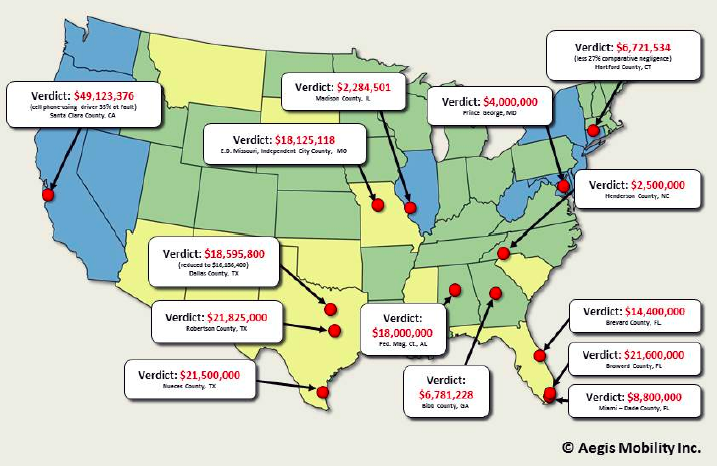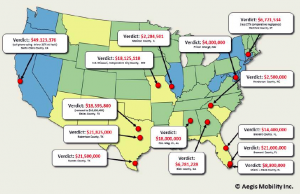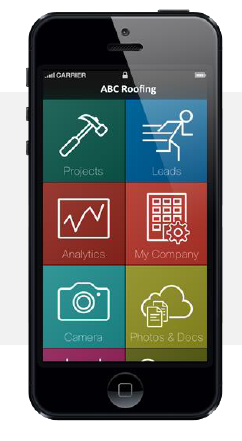The Washington, D.C.-based National Transportation Safety Board (NTSB), an independent safety agency, recently recommended a total ban of all mobile-device use while driving. According to Deborah Hersman, the chairman of the NTSB, distraction-related crashes killed 3,092 people in 2010, “the equivalent of a regional jet crash every week.”
Every year, drivers–distracted by the use of mobile devices–cause 636,000 crashes, 342,000 injuries and 2,600 deaths. The financial toll is staggering: $43 billion per annum. While some politicians argue about the science behind distracted driving, experts agree: mobile-device use impairs driving ability. According to a study at Carnegie Mellon University, Pittsburgh, talking on a mobile device reduces the amount of brain activity related to driving by 37 percent. Further, recent studies show hands-free mobile devices are no safer to use while driving than handheld mobile devices. Distracted drivers have slower reaction times, and the odds of a crash are four times more likely when a driver uses a mobile device. Critically, many scientists believe these distractions make drivers as collision- prone as having a blood alcohol level of 0.08 percent, the legal limit.
Legal Landscape
In the last 10 years, courts have seen an “explosion” of distracted-driving cases. In the last five years, juries–emboldened by a “profits over safety” trial theme–have rendered numerous multimillion dollar verdicts, as evidenced by the sample verdicts in Figure 1, left.The claims in these cases are easy to allege but difficult to disprove. This is because the precise time of the accident often is not known and the telematics data and mobile-device records—once obtained—may show or suggest that the employee was talking on his mobile device, texting and/or emailing in close proximity to the time of the accident. Even if there was no actual distraction, a clever lawyer will argue there is “circumstantial evidence” of driver distraction.
The typical distracted-driving case involves multiple types of claims, including driver negligence, vicarious liability, direct negligence and punitive damages.
Driver Negligence
In states that ban texting and/or the use of handheld cell phones while driving, an employee who is involved in an accident while violating these laws will be negligent per se. Under this doctrine, the mere act of using a mobile device while driving automatically makes the driver negligent.
For states that do not have texting and/or cell-phone bans, courts look at the reasonableness of the driver’s accident-causing behavior. In evaluating behavior, courts will consider state laws, federal regulations, voluntary standards, recognized best practices and common sense. For example, in Scott v. Matlack Inc., the court explained, “it is permissible for a trial court to admit [OSHA] regulations as evidence of the standard of care in the industry in a negligence action.” Likewise, in Peal by Peal v. Smith, the court observed, “the breach of a voluntarily adopted safety rule is some evidence of a defendant’s negligence.”






Be the first to comment on "Whether Hands-free, Handheld, Texting or Talking, Distracted Driving Is Deadly"